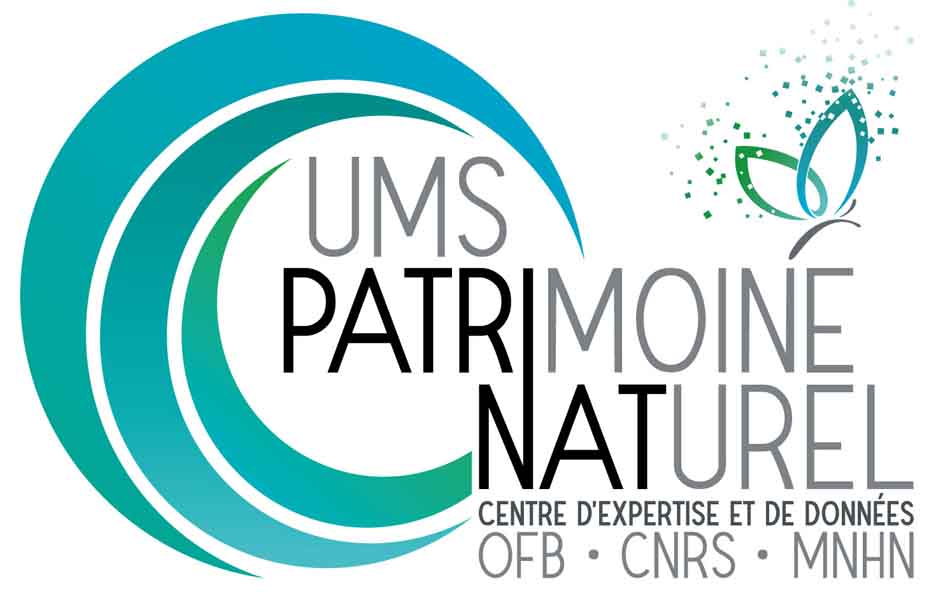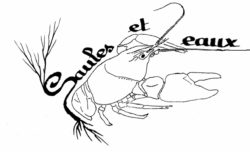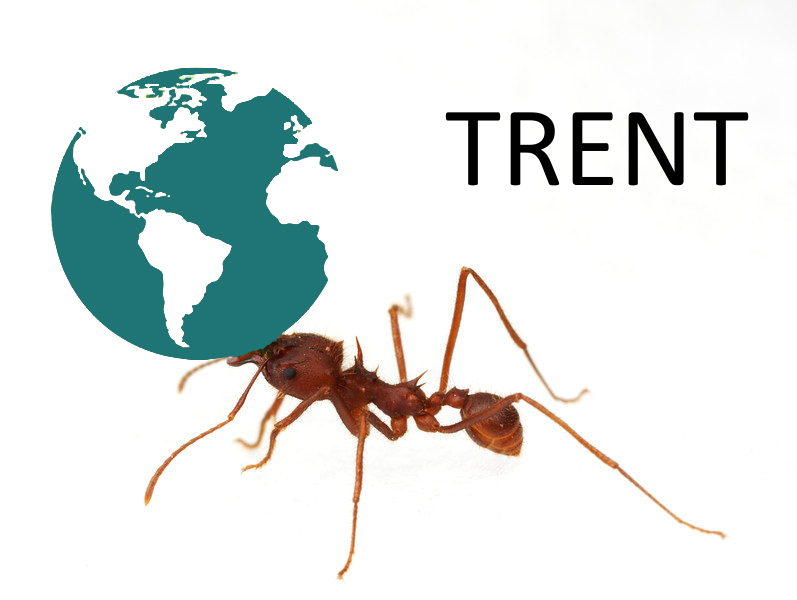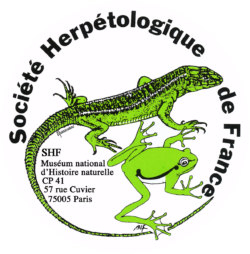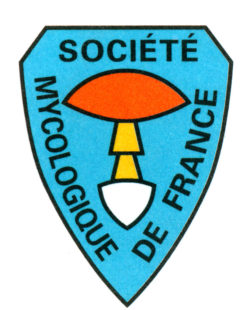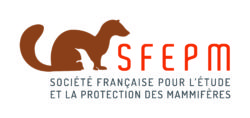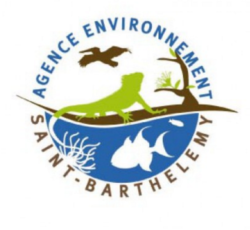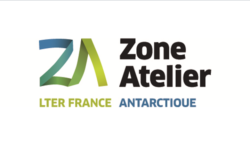Références bibliographiques relatives au groupe des insectes lépidoptères
Pour trouver un mot, tapez celui-ci dans la barre de recherche de votre navigateur
AA. VV. 2017. Paysandisia archon [le papillon palmivore]. Menaces sur les paysages & la biodiversité. Dossier de Presse du Colloque de Rocbaron. SNP, FREDON, INRA. Rocbaron 31 mai 2017. 19 p. Lire
Ammunet, T. †, & al. 2012. Invading and resident defoliators in a changing climate: cold tolerance and predictions concerning extreme winter cold as a range-limiting factor. Ecological Entomology 37(3): 212-220. Lire
Badaoui, K. B., A. 2010. Morphologie et comparaison des appareils génitaux de deux espèces invasives Tuta absoluta Meyrick 1917 et Phthorimaea operculella Zeller 1873 (Lepidoptera: Gelechiidae). Faunistic Entomology 63(3): 191-194. Lire
Baker, A. & Stiling, P. 2009. Comparing the effects of the exotic cactus-feeding moth, Cactoblastis cactorum (Berg) (Lepidoptera: Pyralidae) and the native cactus-feeding moth, Melitara prodenialis(Walker) (Lepidoptera: Pyralidae) on two species of Florida Opuntia. Biological Invasions 11(3): 619-624. Lire
Barclay, H. J. & L. Humble. 2008. Probability models to facilitate a declaration that an exotic insect species has not yet invaded an area. Biological Invasions 11(6): 1267-1280. Lire
Bigsby, K., & al. 2011. Anthropogenic drivers of gypsy moth spread. Biological Invasions 13(9): 2077-2090. Lire
Braby, M. F., & al. 2014. Spatial distribution and range expansion of the Tawny Coster butterfly, Acraea terpsicore (Linnaeus, 1758) (Lepidoptera: Nymphalidae), in South-East Asia and Australia. Insect Conservation and Diversity 7(2): 132-143. Lire
Brockerhoff E.G., & al. 2013. Improving the efficiency of lepidopteran pest detection and surveillance: Constraints and opportunities for multiple-species trapping. Journal of Chemical, 39-50. Lire
Castells, E., & al. 2013. Reduced seed predation after invasion supports enemy release in a broad biogeographical survey. Oecologia 173(4): 1397-1409. Lire
Clarke, A. R. & M. P. Zalucki, M. P. 2004. Monarchs in Australia: On the Winds of a Storm? Biological Invasions 6(1): 123-127. Lire
D’Costa, L., & al. 2013. Oviposition patterns and larval damage by the invasive horse-chestnut leaf miner Cameraria ohridella on different species of Aesculus. Ecological Entomology 38(5): 456-462. Lire
Desurmont, G. A., & al. 2018. Invasive insect herbivores as disrupters of chemically-mediated tritrophic interactions: effects of herbivore density and parasitoid learning. Biological Invasions 20(1): 195-206. Lire
Germain, J.-F., & al. 2017. Un nouveau papillon ravageur des yuccas sur la Côte d’Azur. Phytoma, 702, 6-8. Lire
Gray, D. R. 2017. Risk analysis of the invasion pathway of the Asian gypsy moth: a known forest invader. Biological Invasions 19(11): 3259-3272. Lire
Jezorek, H., & al. 2012. Effects of Cactoblastis cactorum on the survival and growth of North American Opuntia. Biological Invasions 14(11): 2355-2367. Lire
Kirk, H., & al. 2013. Worldwide population genetic structure of the oriental fruit moth (Grapholita molesta), a globally invasive pest. BMC Ecology 13(1): 1-11. Lire
Kuris, A. M. 2003. Did biological control cause extinction of the coconut moth, Levuana iridescens, in Fiji? Biological Invasions 5(1): 133-141. Lire
Lopez-Vaamonde, C. 2010. Lepidoptera. BioRisk. 4(2): 603–668. Lire
Maier, C. T. 2001. Exotic Lepidopteran Leafminers in North American Apple Orchards: Rise to Prominence, Management, and Future Threats. Biological Invasions 3(3): 283-293. Lire
Martinez, M., Germain, J.-F., Streito, J.-L. 2014. Insectes ravageurs invasifs : les sept espèces notables. Phytoma, 677 (23) 1-3. Lire
Men, Q.-L., & al. 2012. Genetic structure and diversity of a newly invasive species, the codling moth, Cydia pomonella (L.) (Lepidoptera: Tortricidae) in China. Biological Invasions 15(2): 447-458. Lire
Picker, M. D. & Krüger, M. 2013. Spread and Impacts of the Agapanthus Borer (Neuranethes spodopterodes (Hampson, 1908), comb. nov.), a Translocated Native Moth Species (Lepidoptera: Noctuidae). African Entomology 21(1): 172-176. Lire
Régnière, J., & al. 2008. Climate suitability and management of the gypsy moth invasion into Canada. Biological Invasions 11(1): 135-148. Lire
Régnière, J., & al. 2012. Predicting insect distributions under climate change from physiological responses: spruce budworm as an example. Biological Invasions 14(8): 1571-1586. Lire
Robinet, C., & al. 2011. Human-mediated long-distance jumps of the pine processionary moth in Europe. Biological Invasions 14(8): 1557-1569. Lire
Rose, J., & al. 2013. On the susceptibility of the box tree moth Cydalima perspectalis to Anagrapha falcifera nucleopolyhedrovirus (AnfaNPV). Journal of Invertebrate Pathology 113(3): 191-197. Lire
Ruiz, J., & al. 2018. A spatially explicit analysis of Paysandisia archon attack on the endemic Mediterranean dwarf palm. Biological Invasions 20(7): 1719-1734. Lire
Stiling, P. 2002. Potential Non-target Effects of a Biological Control Agent, Prickly Pear Moth, Cactoblastis cactorum (Berg) (Lepidoptera: Pyralidae), in North America, and Possible Management Actions. Biological Invasions 4(3): 273-281. Lire
Suckling, D. M., & al. 2017. Global range expansion of pest Lepidoptera requires socially acceptable solutions. Biological Invasions 19(4): 1107-1119. Lire
Tobin, P. C., & al. 2013. Using delimiting surveys to characterize the spatiotemporal dynamics facilitates the management of an invasive non-native insect. Population Ecology 55(4): 545-555. Lire
Tropek, R., & al. 2013. Local and landscape factors affecting communities of plants and diurnal Lepidoptera in black coal spoil heaps: Implications for restoration management. Ecological Engineering57: 252-260. Lire
Vindstad, O. P. L., & al. 2013. How rapidly do invasive birch forest geometrids recruit larval parasitoids? Insights from comparison with a sympatric native geometrid. Biological Invasions 15(7): 1573-1589. Lire





